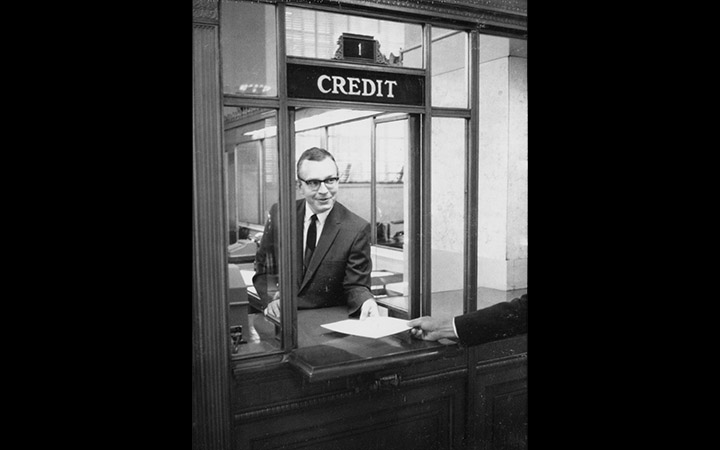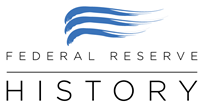Monetary Policy

Essays in This Theme
Banking Act of 1935 - This legislation restructured the Fed in both cosmetic and consequential ways
Depository Institutions Deregulation and Monetary Control Act - The 1980 Act was one of the most important laws to affect the Fed in its 100-year history
Employment Act of 1946 - President Truman signed the Act in 1946 in the aftermath of WWII
Federal Funds Rate - The primary way the Federal Reserve implements monetary policy is by targeting the federal funds rate
Federal Reserve Reform Act - This 1977 law was instrumental in shaping the current Fed
Full Employment and Balanced Growth Act - Commonly called Humphrey-Hawkins, the 1978 Act set new goals for the nation's economic policymakers
Gold Reserve Act of 1934 - The 1934 law was the culmination of FDR's controversial gold program
The Great Inflation - The Great Inflation was the defining macroeconomic period of the second half of the twentieth century. Lasting from 1965 to 1982, it led economists to rethink the policies of the Fed and other central banks.
Launch of the Bretton Woods System - The international currency system became operational in 1958
Treasury-Fed Accord - The 1951 agreement that laid the foundation for the modern Federal Reserve
Volcker's Announcement of Anti-Inflation Measures - In 1979, Fed Chairman Paul Volcker announced new anti-inflation measures

 X
X  facebook
facebook
 email
email